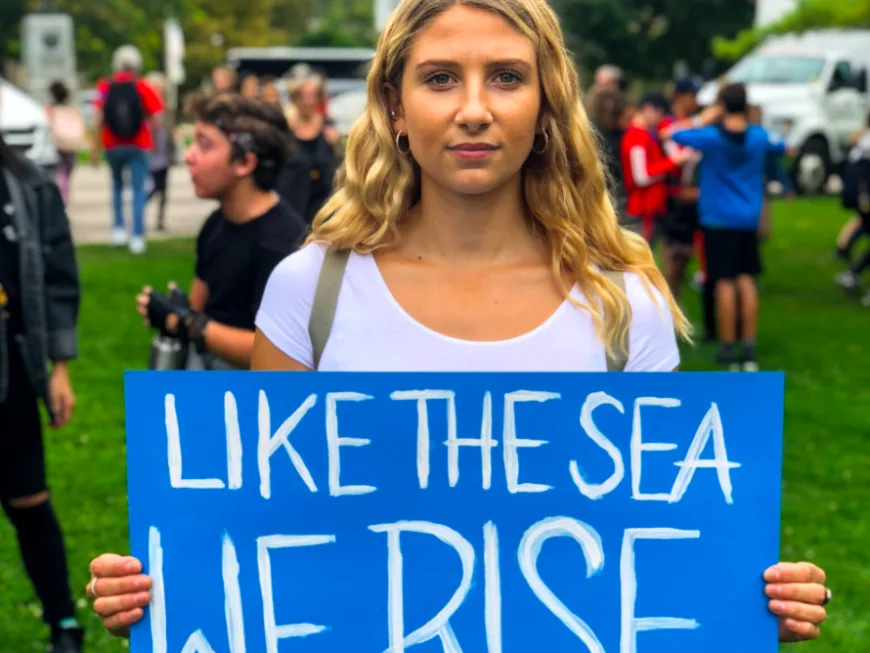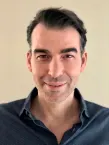
The young human’s guide to protecting the planet and each other
Journalist, author, filmmaker, and activist Naomi Klein turns her attention to the youth climate movement in her latest book, How to Change Everything.
The first time I met Naomi Klein was all but a brief moment. She was about to give one of her candid and empowering talks at an event in Toronto and we were shoulder to shoulder in a media staging area before she went on. Klein is intimidating from a distance, but up-close she’s approachable. I wasn’t after a quote from her that day, but rather her coveted email for future discussions I envisioned being fruitful. I got Klein’s email.
A year or so later, at a second chance meeting, I had just as little time because Klein was surrounded by a coterie of youth all of whom were vying for her attention like I was. Rightfully, in so many ways these youth deserved her ear more than me. I stepped aside. They had a definitive message to share. And now Klein is working to amplify that message about the climate emergency.
“They’re taking real risks. They are in it with their whole selves. They really feel like they are fighting for their lives, for their futures,” Klein told The Weather Network. For the prominent journalist, author, filmmaker, and activist, who’s been involved in present-day climate discourse for as long as any, Klein is certain it’s these kids specifically that we should all be listening to.

Young activists gather to demonstrate against global warming. (LeoPatrizi. E+. Getty Images.)
That’s why Klein’s new book, entitled How to Change Everything, is dedicated to strengthening the colourful and candid chorus of youth activists. The book is “the young human’s guide to protecting the planet and each other,” and was an obvious subject matter choice for Klein’s latest contribution to the dialogue about our warming world.
“The movement is getting younger and younger,” said Klein. “The last book that I published for adults was called On Fire and came out in the fall 2019. And I went on tour with it in the U.S. And I just was really struck that many of the people who were coming to hear me speak where we're not in university, and some of them weren't even in high school. Some of them were in middle school.”

Young people hold placards at a climate march in the city of Toronto during a Friday for Future demonstration to raise awareness of the climate change issues. (Shawn Goldberg/SOPA Images/LightRocket. Getty Images.)
While the younger audience is relatively new territory for Klein, who partnered with Rebecca Stefoff — an author of more than 50 books for young adults — to pull off the project, in many ways the copy in this new book is a reflection of topics she’s covered before. You would know this if you’ve read This Changes Everything or No is Not Enough — there’s echoes of common language, albeit written for a different audience, but the expert commentary from Klein is the same.
Ultimately, it’s a pragmatic book that serves as a roadmap, or more precisely a “turning point,” according to Klein, since we’ve done things one way for too long.
The chapters are divided into three parts that cover where we are, how we got there, and what happens next, but the viable solutions to address the mess we are in are scattered throughout the book for good reason. It wouldn’t have been wise to save all the good stuff to the end, Klein explained.
For example, you can read about how teenager Autumn Peltier, a water warrior and member of the Wiikwemikoong First Nation in Canada, works to protect her home, an island in Ontario, encircled by the waters of Lake Huron. And there are stories of other young people from around the world, such as anecdotes from conversations Klein has had with Greta Thunberg, which might help other young activists build momentum in their own communities.
On the occasion of our third meeting—albeit virtually—Klein puts the momentum into context this way:
“I’m excited to see the next phase of the youth climate movement. They’ve been locked down. They haven’t been able to do as much in person work, but I happen to know that they have not been resting. That they have been planning. That they have been using this as a period for reflection and study and I think they’re going to be coming out strong and making the most of their ability to gather in person in the months to come.”
Thumbnail credit: Neil Ever Osborne







